Randolph-Macon College is on Spring Break March 30-April 7, 2019!
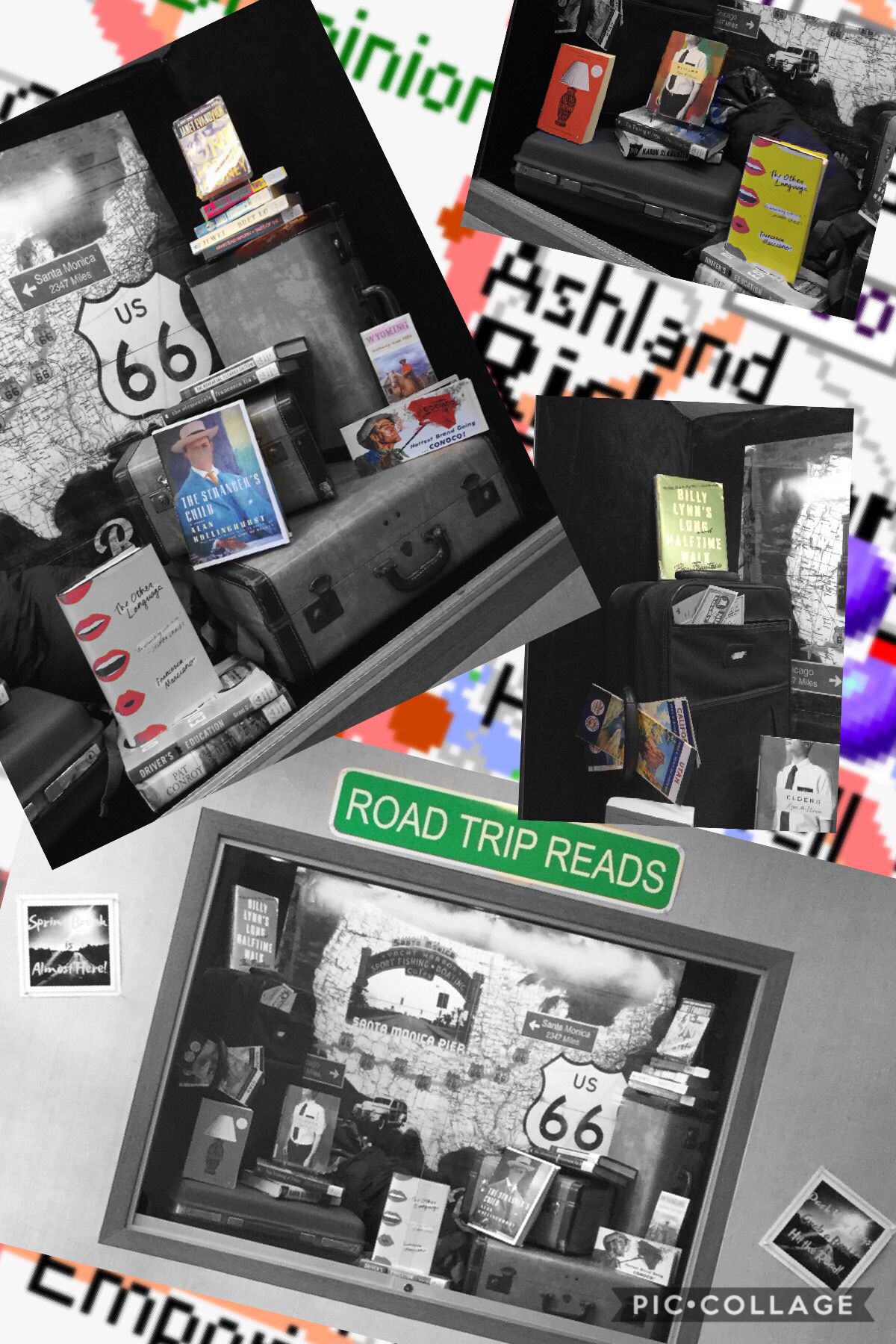
Whether your Spring Break this year includes an exciting trip or you’re just just headed home, don’t leave campus without a good book.
Why should you read for fun?
- Reading about exotic places allows you to travel even if your bank account won’t let you actually get there (yet).
- Reading builds empathy for people, cultures, and places you don’t have much experience with.
- In an age filled with texts, Snapchat, and a million other distractions, reading helps you concentrate for longer periods of time than you usually do.
- Reading for fun helps you read academic texts better. And it helps you write better, too!
Haven’t read for fun in such a long time you don’t even know what you like any more? The easiest place to start is the McGraw-Page Library (of course!). Visit the tables near the Information Desk to see some of our new books, or visit the POP (Popular) Reading Area near the Library entrance to the 24/7 room. There you’ll find a good mix of fiction and non-fiction, and almost all titles are related to movies, bestseller lists, or current events.
Looking for Audiobooks for a long drive? Check out OverDrive or hoopla available through the Pamunkey Regional Library, located just a few blocks away in downtown Ashland across from The Caboose. R-MC students are able to get a library card and use these resources for free!
If you’d like to explore before heading to the Library to see what we have, check out this list of suggestions from Lifehack: 17 Ways to Find Good Books to Read.

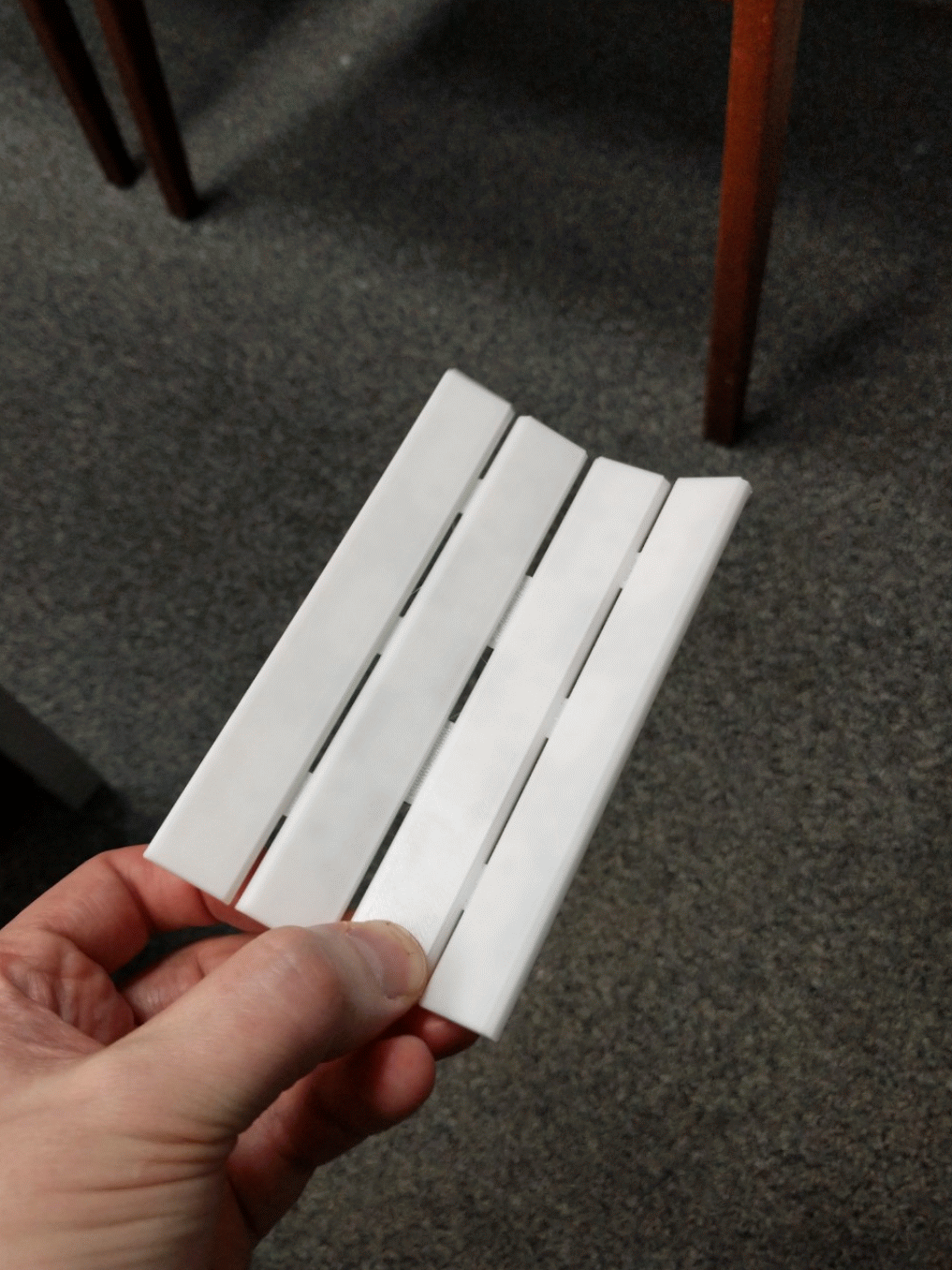
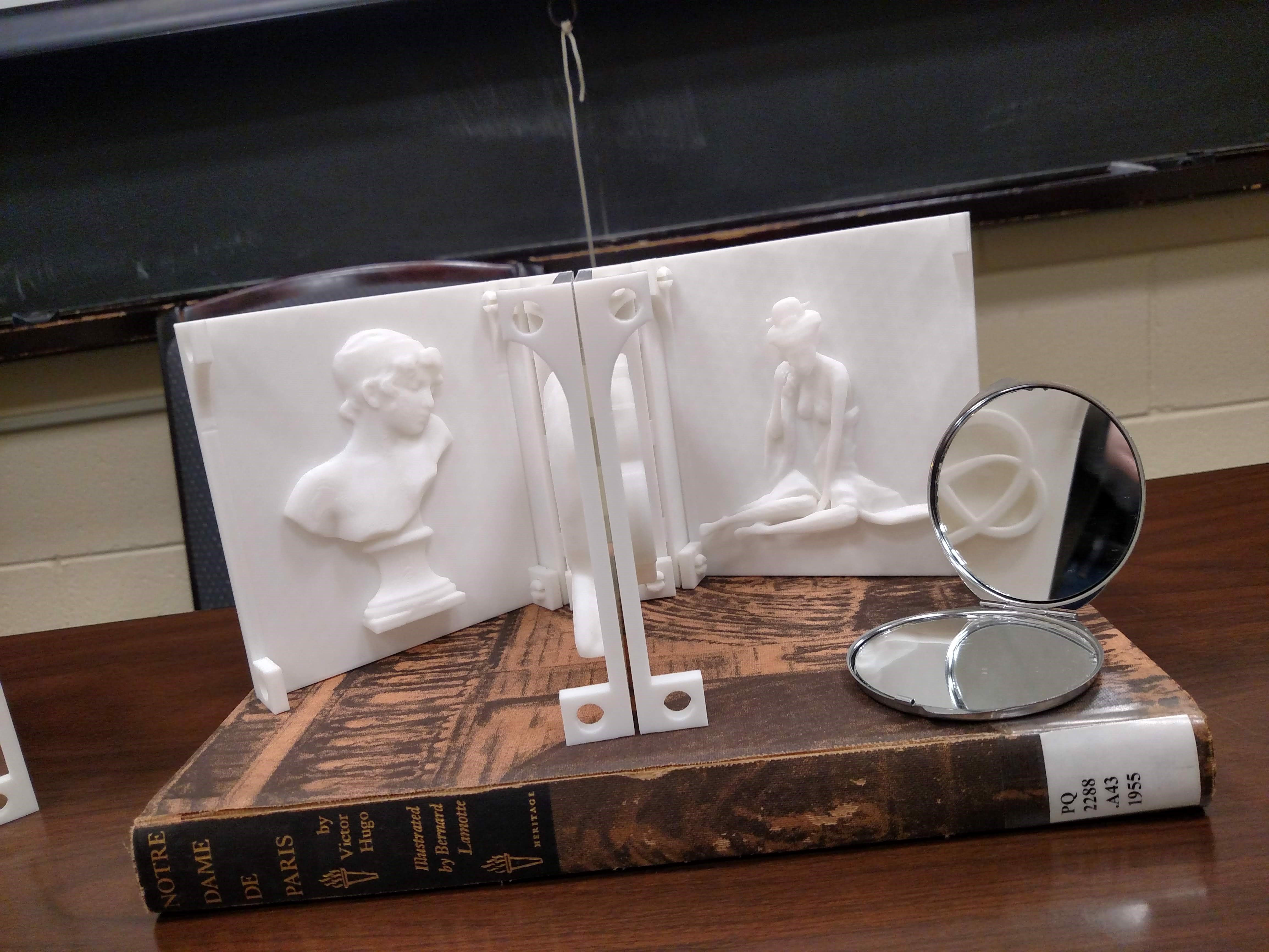
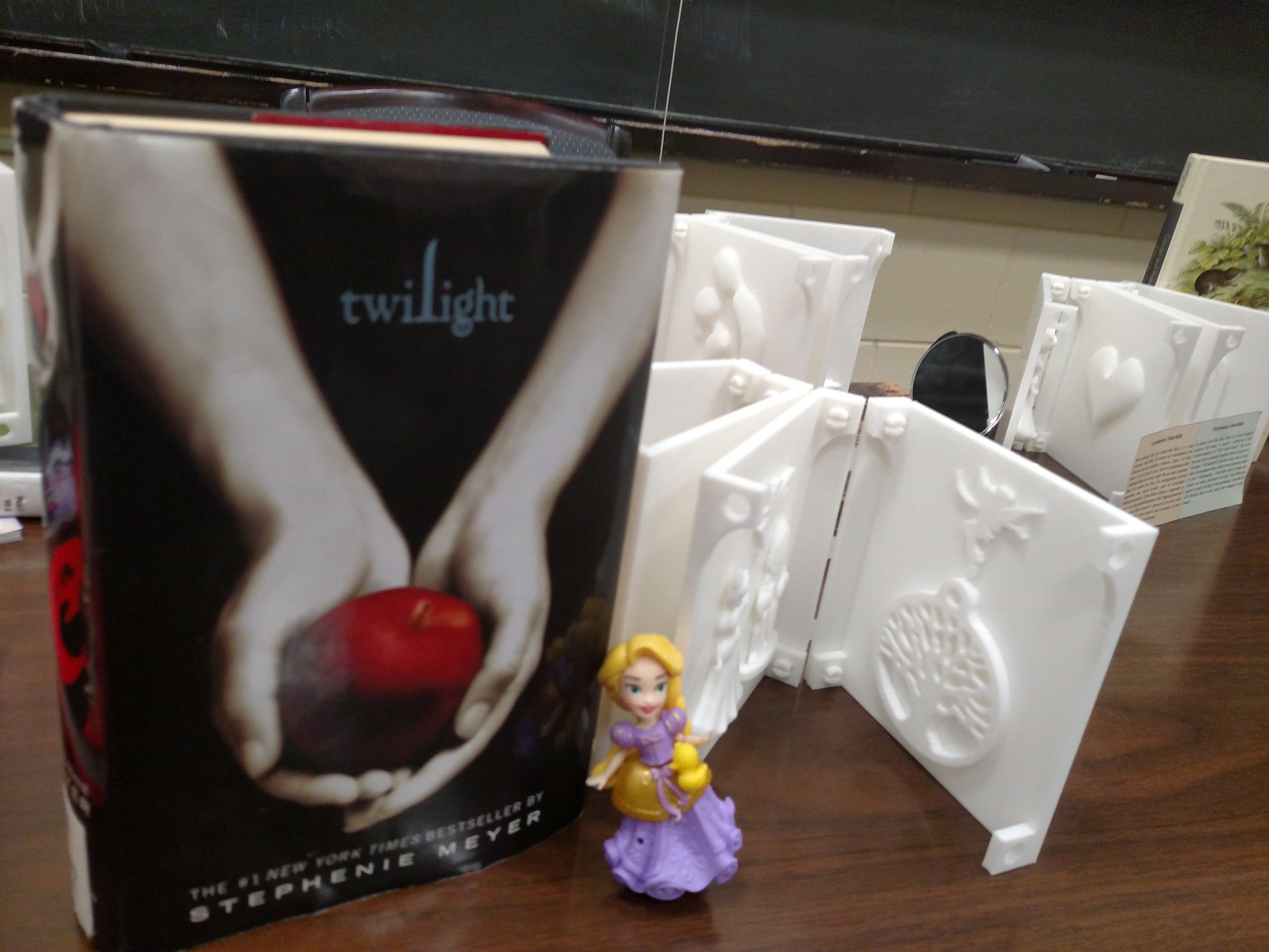
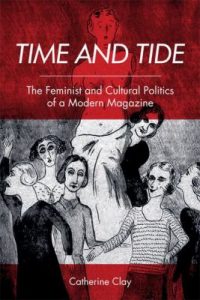 ue in establishing itself as the only female-run intellectual weekly in the golden age of the weekly review, Time and Tide both challenged persistent prejudices against women’s participation in public life and played an instrumental role in redefining women’s gender roles and identities. Drawing on extensive new archival research, Catherine Clay recovers the contributions to this magazine of both well- and lesser-known British women writers, editors, critics and journalists and explores a cultural dialogue about literature, politics and the arts that took place beyond the parameters of modernist ‘little magazines.’ The book makes a major contribution to the history of women’s writing and feminism in Britain between the wars.
ue in establishing itself as the only female-run intellectual weekly in the golden age of the weekly review, Time and Tide both challenged persistent prejudices against women’s participation in public life and played an instrumental role in redefining women’s gender roles and identities. Drawing on extensive new archival research, Catherine Clay recovers the contributions to this magazine of both well- and lesser-known British women writers, editors, critics and journalists and explores a cultural dialogue about literature, politics and the arts that took place beyond the parameters of modernist ‘little magazines.’ The book makes a major contribution to the history of women’s writing and feminism in Britain between the wars.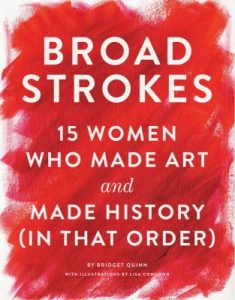 Historically, major women artists have been excluded from the mainstream art canon. Aligned with the resurgence of feminism in pop culture, Broad Strokes offers an entertaining corrective to that omission. Art historian Bridget Quinn delves into the lives and careers of 15 brilliant female artists in text that’s smart, feisty, educational, and an enjoyable read. Replete with beautiful reproductions of the artists’ works and contemporary portraits of each artist by renowned illustrator Lisa Congdon, this is art history from 1600 to the present day for the modern art lover, reader, and feminist.
Historically, major women artists have been excluded from the mainstream art canon. Aligned with the resurgence of feminism in pop culture, Broad Strokes offers an entertaining corrective to that omission. Art historian Bridget Quinn delves into the lives and careers of 15 brilliant female artists in text that’s smart, feisty, educational, and an enjoyable read. Replete with beautiful reproductions of the artists’ works and contemporary portraits of each artist by renowned illustrator Lisa Congdon, this is art history from 1600 to the present day for the modern art lover, reader, and feminist. Since its inception, the women’s movement has harnessed the power of the image to transmit its message. From the posters of the Suffrage Atelier, to the photographs of Carrie Mae Weems, this comprehensive survey traces the ways in which feminists have shaped art and visual culture from the mid-nineteenth to the twenty-first centuries. Featuring more than 350 works of art, illustration, photography, performance, graphic design, and public protest, this stunning volume showcases the vibrancy and daring of the feminist aesthetic over the last 150 years.
Since its inception, the women’s movement has harnessed the power of the image to transmit its message. From the posters of the Suffrage Atelier, to the photographs of Carrie Mae Weems, this comprehensive survey traces the ways in which feminists have shaped art and visual culture from the mid-nineteenth to the twenty-first centuries. Featuring more than 350 works of art, illustration, photography, performance, graphic design, and public protest, this stunning volume showcases the vibrancy and daring of the feminist aesthetic over the last 150 years.